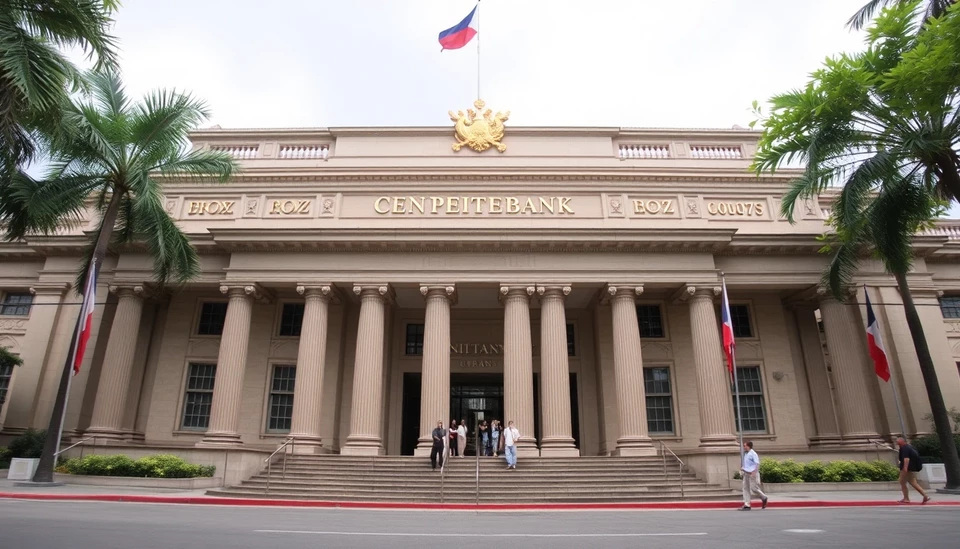
The Philippines, a nation frequently battered by typhoons and extreme weather conditions, has recently emphasized the urgent need for increased investment in disaster risk management. This call comes in the wake of a series of devastating storms that have wreaked havoc across the archipelago, causing extensive damage to infrastructure and significant loss of life.
With the annual typhoon season approaching, officials from the National Economic and Development Authority (NEDA) are urging local and international stakeholders to prioritize funding and resources for disaster preparedness initiatives. As climate change continues to escalate weather-related disasters globally, the Philippine government recognizes that adapting its strategies is more critical than ever.
A recent report highlights that typhoons cost the Philippines approximately $500 million annually, a staggering figure that underscores the economic challenges posed by these natural disasters. In light of this, officials are advocating for strategic investments in infrastructure that can withstand severe weather conditions, including roads, bridges, and communication systems.
This push for investment is not merely a response to past disasters but a proactive approach to safeguard communities against worsening climate impacts. NEDA’s Secretary, Arsenio Balisacan, stated, "Our strategies must evolve to include better risk management practices that incorporate climate resilience into our development plans." The focus is on building a robust framework that ensures communities are not only prepared for immediate threats but also empowered to recover swiftly post-disaster.
In addition to physical infrastructure, the government stresses the importance of enhancing early warning systems and improving data collection methods to provide timely information to those at risk. This is crucial in a country where many people depend on agriculture and other climate-sensitive sectors for their livelihoods.
The Philippine government is also encouraging public-private partnerships, recognizing that collaboration between the state and private enterprises can catalyze innovation and resource mobilization. These partnerships are seen as vital in implementing projects that enhance the country’s resilience to calamities.
Furthermore, local government units are being urged to develop their own disaster risk reduction plans, tailored to the specific vulnerabilities of their regions. This bottom-up approach ensures the engagement of local communities in building resilience, as they are often the first responders in times of crisis.
While the call for investment in disaster risk management is gaining momentum, experts warn that immediate action is required. The Philippines is anticipated to experience more frequent and severe weather events due to climate change, making the implementation of comprehensive risk management strategies all the more urgent.
In summary, the Philippines stands at a pivotal moment—one that demands a concerted effort from all sectors of society to address the pressing issue of disaster risk management. As the country braces for the inevitable storms ahead, the collective commitment to invest in resilience and safeguard lives and livelihoods will be crucial in mitigating the impacts of future disasters.
#Philippines #Typhoons #DisasterManagement #ClimateChange #Investment #NaturalDisasters #Resilience #Infrastructure #PublicPrivatePartnerships
Author: Sophie Bennett




